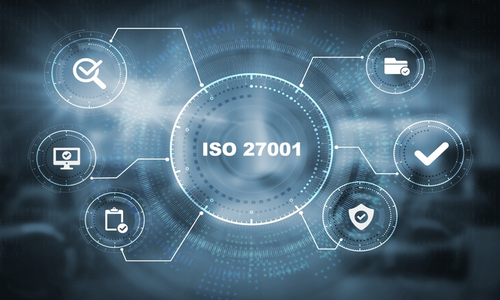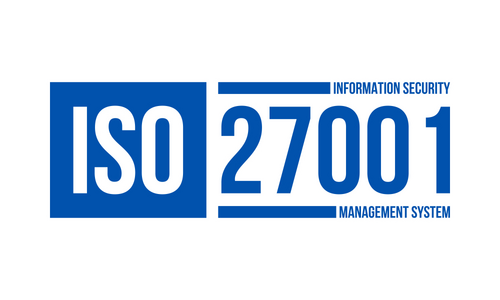The International Organization for Standardization is known for providing standards for organizations. These standards are specified for quality, safety, and efficiency. There are over thousands of standards published by ISO today. Businesses can choose and apply the standard based on their operating procedures. Organizations certified with ISO standards are considered credible and reliable when compared to their counterparts. The standards are internationally recognized which helps organizations to gain the trust of foreign clients as well. The process of earning the ISO Certification requires businesses to hire professionals who have a comprehensive understanding of the specific standard.

Jump ahead to
How can organizations acquire the ISO Certification?
Getting certified by ISO enhances the reputation of the organization globally. As a result, businesses need to carefully apply the standard and its requirements into the organizational structure. Let us have a look at the procedure involved in earning the ISO certification.
Step 1: Know the ISO Standard
The initial step for every organization getting ISO certified is to understand the ISO standard. In addition, businesses are required to determine their capabilities of fulfilling the requirements of the standard. A few of these popular standards include:
ISO 9001: This ISO 9001 is an international standard specifies the quality management system that is applicable for businesses that deliver products and services.
ISO 27001: The ISO 27001 standard specifies the requirements that are required to be followed by businesses for securing information assets.
ISO 22000: Businesses that produce food products need to be certified with this standard to showcase that their products are safe for human consumption.
ISO 20000: This standard is published by ISO for organizations that deliver IT services.
ISO 45001: Every organization irrespective of its size and industry apply the standard and its requirements to demonstrate that the workspace is safe to work for employees.
Step 2: Recoding the processes
On choosing the right standard applicable for the organization, the next step is to design and record the processes. These designed processes have to meet the requirements of the ISO standard. While designing the processes, businesses need to plan the phases of each process and note the opinions of the management. Thereafter, the performance of each process has to be evaluated and modified for continuous improvement.
Step 3: Execution of the management system
The next step is to execute the management system on completion of the designing phase. The standard applies to the organizational structure. As a result, training is a requirement for the team that implements the management system. Due to the need to effectively communicate the appropriate ISO Standard and its requirements, this step can be time-consuming.
Step 4: Gather the evidence
Businesses cannot acquire the certification right after the execution of the management system. Certification bodies will require adequate evidence that the management system is in accordance with the ISO standard. The management system team documents the flow of processes during this phase. These documents are later provided to the certification body as objective evidence.
Step 5: Selecting the certification body
Businesses reap the benefits of acquainting with the right certification body. Selecting the certification body helps businesses to enhance their reputation in the local markets. In addition, acquiring the certification enables businesses to tap foreign markets and acquire international customers. Furthermore, associating with the right certification body increases the credibility of the organization.
Step 6: Audit process
The audit process can be divided into two phases. In the initial phase, auditors from the certification body inspect the management system. As per the ISO standard, the management system instilled within the organization has to fulfill the requirements. Auditors indulge in finding the gaps between the management system and requirements of the standard. On receiving the report of these findings, businesses engage in closing such gaps.
The second phase of the audit process includes the certification audit. Auditors need adequate evidence regarding the functioning of the management system. In this phase, auditors inspect whether the processes designed comply with the standard requirements. If the organization is able to demonstrate such evidence, auditors begin the process of issuing the ISO certification.
Step 7: Attain the certification
On meeting the requirements of the standard, the certification body issues the certification of ISO. This can be included in the important documents of the business. Specifying the ISO Certification on the documents assists organizations to gain the trust of customers easily.
Takeaway
The procedure of getting ISO certified does not end here. The certification stays valid only for a certain period of time depending on the ISO standard chosen(read how to verify validity of ISO Certifications). As a result, businesses need to maintain the certification and renew it regularly by taking necessary steps, specified by ISO.
The lengthy procedure of getting ISO certified necessitates businesses to employ professionals certified in the field. There are various ISO Certification Courses available for individuals. Certified ISO professionals gain recognition across the globe as their credentials are internationally recognized. Individuals willing to pursue a career in this field can pursue the ISO certification courses and land their dream jobs in large organizations.



